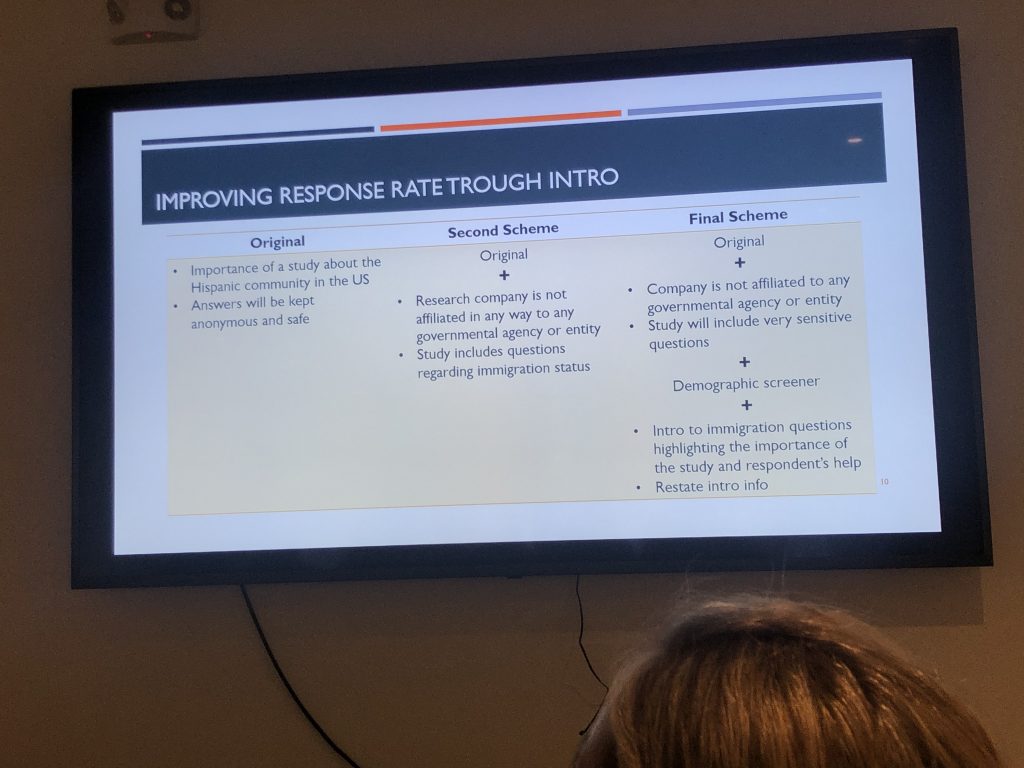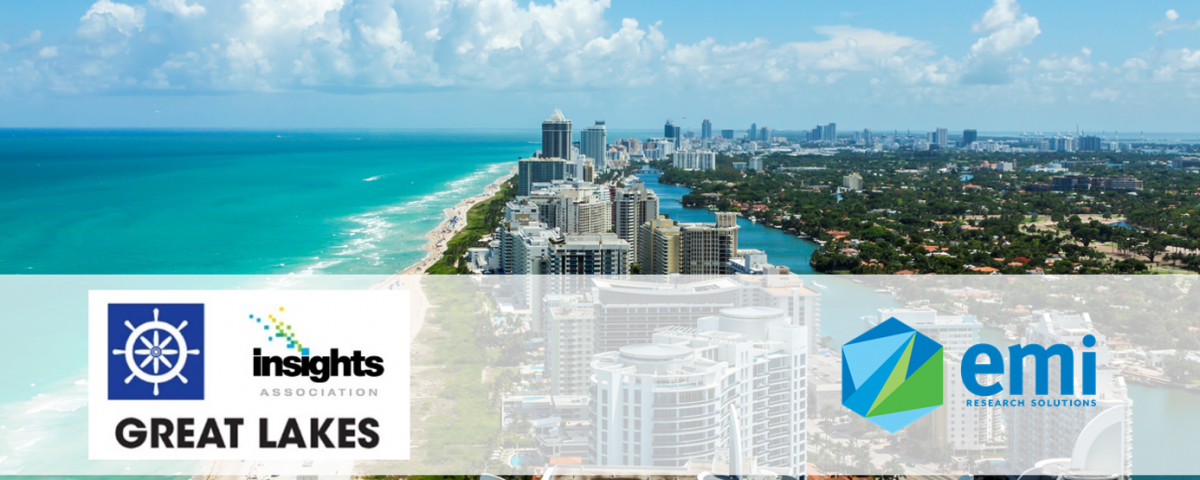
Intellicast S3E3 – 2020 Market Research Predictions
January 27, 2020
A Personal Highlight From the GLC Winter Meeting
February 3, 2020I recently attended the Great Lakes Chapter of the Insights Association’s Winter Conference in Miami, Florida. The content was outstanding, with the highlights all surrounding the topic of diversity. I don’t think the actual focus of the conference was intended to be on diversity, but it certainly was the overriding theme. I’m fortunate to be on our local Diversity and Education committee, and have learned that diversity means much, much more than what typically comes top of mind – things such as age, gender, and ethnicity.
One of the best presentations and discussions was led by Douglas Menifee and Larry Jemison Jr. of HBCU Connect titled, The Value of Dynamic and Multi-Faceted Diversity in the Workplace. It centered around the importance of not only having a diverse workforce but also creating an atmosphere to ensure everyone has an opportunity to flourish. Having a diverse workforce means not only diverse in terms of demographics, but also psychographics and many other ways we can segment the population. An example was brought up about a company creating an atmosphere for introverts to thrive in and those that are more introverted actually helped design the workplace. Numerous other examples were given around how companies are now creating Diversity and Inclusion committees and focusing on ensuring a diverse culture. This is especially important in marketing research as at its heart, we are responsible for understanding consumer behavior. How can we as an industry properly advise on consumer behavior, on a highly diverse population, without its leaders and decision-makers ultimately being diverse?
Later there was a session led by Debbie Peterson from Getting to Clarity on How to Communicate in a Multigenerational Workforce which gave guidance to us on how to best give and receive information when communicating to someone different than yourself. Building on the diversity discussion, it primarily discussed the ideal way to communicate with 4 different types of people, which she put into quadrants:
- Peacock
- Lamb
- Owl
- Lion

Each personality type has a different way of communicating and receiving information. All are valuable to an organization but focusing on how to best communicate with each personality type can help organizational dynamics.
Several other sessions lent themselves to the importance of diversity. Andrew Wobensmith of the Greater Miami Convention & Visitors Bureau spoke on the importance of attracting a diverse set of visitors to Miami and how he uses data to do that. His goals are to get tourists to visit South Florida’s beautiful beaches, but also to spread out and experience all of the other benefits Miami offers, from shopping to entertainment, to its unique diverse culture. Erwin Change of Novamex spoke about the first study in the US that includes the voice of undocumented Hispanics. He discussed the advantages and disadvantages of various methodologies and why he chose the ideal methodology. The primary message in terms of recruiting participants is based around the interviewer/message building trust with the respondent, and he went into detail with all the things they tried. This is certainly something we can improve upon in all aspects of research: having empathy for the respondent and building trust among our respondents is critically important in everything we do.
Overall, the message of diversity – in its many forms – is an important one for the industry and one I feel we can continue to improve upon.



